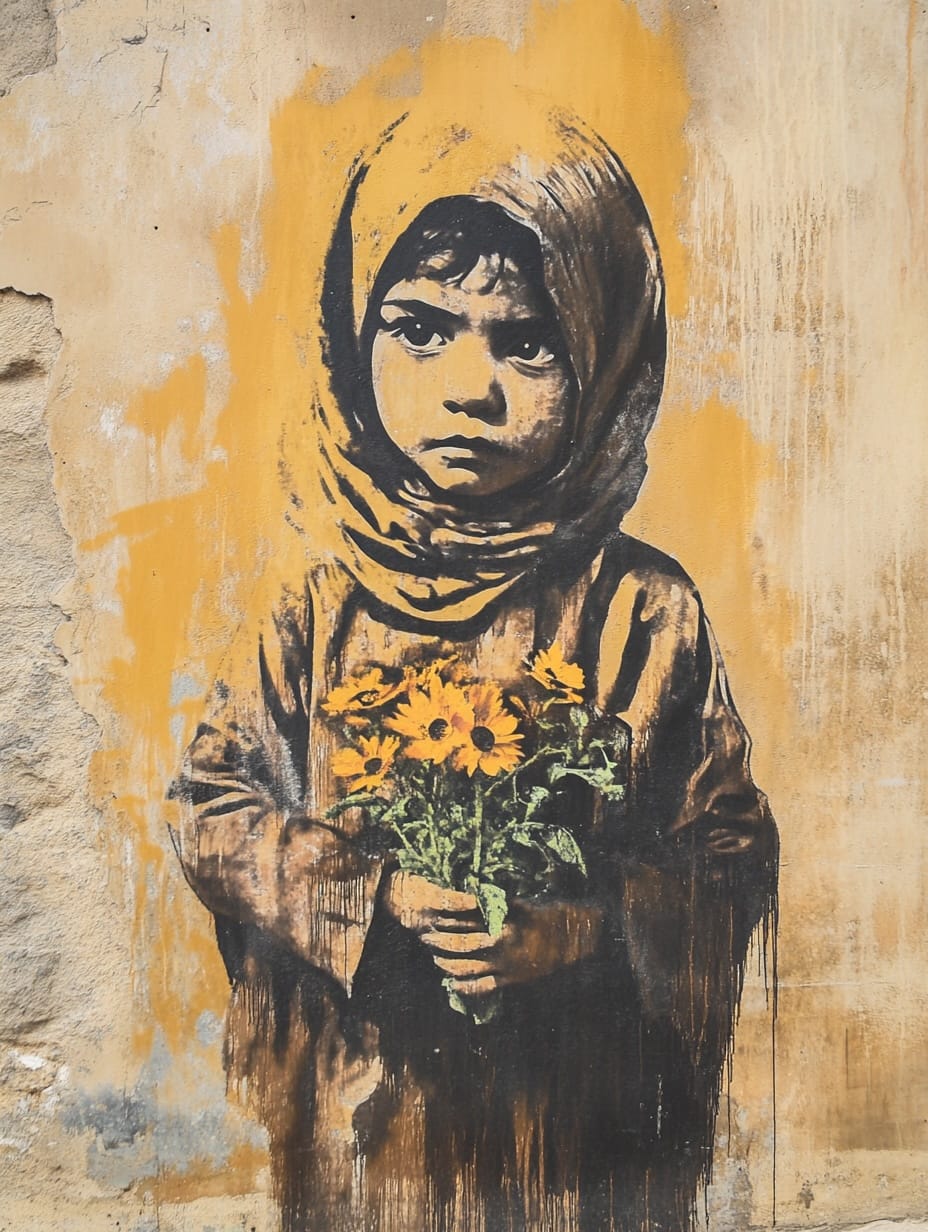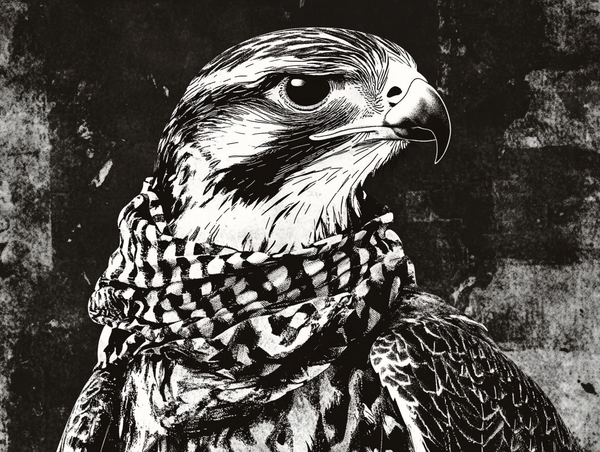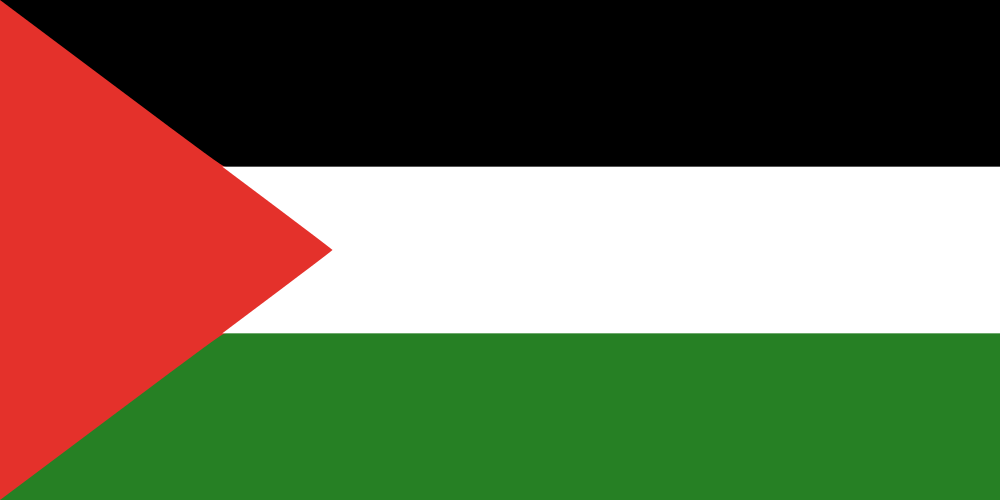Understanding the Hijab: Faith, Choice, and Empowerment in a Complex World

Introduction
Growing up in Kuwait, I saw firsthand how the hijab was worn in many different ways by the women around me. Some of my friends wore it just to leave the house, often to keep their parents—especially their fathers—happy. For these women, it was a requirement, a mark of modesty, and sometimes even a way to comply with family expectations. But for others, the hijab wasn’t so simple. I had friends who wore it only in public but would remove it in more private, secluded places. If it was a particularly hot day or if they were eating, the hijab might come off for comfort, only to be put back on when the situation called for it. It became a balancing act, shaped by cultural pressure, personal comfort, and circumstance.
There was also the girl in school who wore the hijab for what seemed like two weeks on and two weeks off. I was curious, so I asked her about it. She confided in me that she wore it because her boyfriend at the time insisted that she do so, with the understanding that they would be together only if she wore it. He would break up with her periodically, and it was easy to tell whether they were together or not based on whether she was wearing the hijab that day. Her story wasn’t unique. I had friends who were openly against the hijab, some who felt it was a symbol of control, while others said they would wear it when the "call" came to them—usually following a personal tragedy like the loss of a parent.
Now, living in the West, I often encounter the notion that the hijab is oppressive. Even my most open-minded peers, those who pride themselves on being allies to Muslim women, sometimes reveal their biases. They might say something like, “Come on, don’t tell me it’s comfortable,” as if they can’t fathom how someone could voluntarily wear something that covers the hair and neck. To them, the hijab represents something outdated, something that’s hard to understand in modern society.
But for many women, the hijab is so much more than that. It’s not just a piece of cloth; it’s a personal choice, a deeply spiritual and empowering act. It symbolizes modesty, faith, and a commitment to one’s beliefs. Wearing the hijab can be an act of resistance, not just against societal pressures but also against the idea that a woman’s worth is defined by her appearance. It is often misunderstood, but it is, at its core, a statement of autonomy, identity, and faith.
Let’s take a moment to understand the hijab not through the lens of judgment, but as a personal, deeply meaningful choice for countless women. Understanding it requires us to move beyond our own biases and listen to the women who choose to wear it, recognizing that their reasons are as diverse and complex as the individuals themselves. It’s time to see the hijab for what it truly is: an empowering, personal expression of self-respect and spiritual connection.
The Hijab: A Symbol of Faith, Resistance, and Personal Struggle
The hijab, worn by Muslim women around the world, holds deep religious, cultural, and political significance. Its presence is not merely a cultural practice but a profound expression of faith, identity, and resistance. In recent times, discussions around the hijab have become more divisive and misunderstood. To truly understand the hijab and its role in the modern world, we must explore its religious roots, its role in the fight against colonialism, and how it functions as an act of worship and resistance.
The Hijab as an Act of Worship and Obedience to Allah
For many Muslims, the hijab is not just a piece of clothing—it's a deeply spiritual and religious act. According to Islamic tradition, both men and women are called to dress modestly, but the hijab represents an important distinction for women in particular. The Qur'an mentions the concept of modesty in several verses, including Surah An-Nur (24:31) and Surah Al-Ahzab (33:59). These verses instruct Muslim women to lower their gaze, dress modestly, and cover their beauty except for what is necessary to be seen, with the hijab being a manifestation of these guidelines.
Across all major Islamic schools of thought—Hanafi, Maliki, Shafi'i, and Hanbali—there is a consensus that wearing the hijab is obligatory for Muslim women. The hijab is not simply an accessory or fashion statement; it is an act of obedience to Allah’s will, a physical manifestation of one’s commitment to Islamic principles. It is an expression of faith, a reminder to oneself and the community of one's spiritual commitment.
Many women who wear the hijab feel a deep sense of closeness to their faith through the act of covering themselves. As Ghada Sasa, a scholar and activist, expressed in her personal reflections, the hijab became a statement of modesty, simplicity, and humility. It wasn’t just a way to identify as Muslim, but a reflection of internal principles that shaped her character, the way she interacted with others, and how she viewed the world.
Hijab and the Legacy of Colonialism: A Symbol of Resistance
The wearing of the hijab has also been entwined with the history of colonialism and resistance. During the colonial era, especially under French rule in Algeria, colonizers sought to impose their cultural values and erase indigenous traditions. One of their primary targets was the Muslim woman’s attire, specifically the hijab. Colonial powers understood that by stripping women of their religious and cultural symbols, they could dismantle the fabric of society and impose their own worldview.
Franz Fanon, in his book Algeria Unveiled, outlines how the French colonial administration targeted the hijab as a symbol of resistance. Colonizers saw the veil as a barrier to their goal of assimilating Muslim populations into Western ideals. For Muslim women in Algeria, wearing the hijab became an act of defiance, a refusal to surrender their cultural identity. This resistance was not only against French colonialism but also a stand for their religious freedom, for their right to preserve their dignity and their autonomy.
The act of wearing the hijab, particularly in contexts where it is seen as politically or socially controversial, continues to carry this weight of resistance. As Ghada Sasa noted recently in her reflections shared on X (formerly Twitter), women who who choose to wear the hijab are often subjected to criticism and Islamophobia, especially in Western societies. Ironically, the removal of the hijab often does not garner the acceptance or respect from colonizers or dominant cultures that women may have hoped for. Instead, it may make them more vulnerable to discrimination, as they may still be viewed as "other."
Hijab as Part of the Greater Jihad: Personal Struggle and Spiritual Growth
While the term "jihad" is often misunderstood and misrepresented, particularly in the Western media, it holds a profound and personal meaning in Islam. Jihad is about striving in the path of Allah, which encompasses a variety of personal struggles and sacrifices. The hijab, for many women, is a key part of this spiritual jihad. It is an act of personal resistance against societal pressures and an effort to uphold Islamic principles in a world that often seeks to undermine them.
Wearing the hijab can be seen as a form of jihad, not in a militaristic sense, but in terms of spiritual discipline. It requires women to remain committed to their faith, despite external challenges and judgment. The hijab is not merely a physical covering, but a conscious choice to adhere to Allah’s command in the face of a world that often promotes vanity, materialism, and the objectification of women. It is a struggle against the pressures to conform to secular and often anti-Islamic standards of beauty and behavior.
For women who wear the hijab, it becomes a tool of self-empowerment. It forces society to look beyond the physical and examine a person’s character, ideas, and values. The hijab is, in this sense, a direct challenge to superficial judgments based on appearance. It calls on others to recognize the person as a whole, to respect her for her intelligence, values, and actions rather than her outward appearance.
The Hijab and Personal Choice: A Respectful Dialogue
The decision to wear or not wear the hijab is deeply personal, and while it remains an obligation for many Muslim women, others may choose not to wear it for various reasons. In the context of modern society, it is essential to foster an environment of mutual respect and understanding regarding these choices. Ghada Sasa poignantly notes that the reasons behind wearing or removing the hijab are nobody’s business, and it is essential to respect each individual’s journey with their faith.
Islamic tradition encourages empathy and compassion, reminding us that guidance comes from Allah. The act of wearing the hijab, or choosing not to, is ultimately a personal decision that should be made with sincerity, free from judgment or coercion. What is important is that each person remains true to their beliefs and seeks to live a life of righteousness, whatever that may look like for them.
Conclusion: Embracing the Hijab as a Symbol of Faith and Resistance
The hijab is much more than a piece of cloth—it is a powerful symbol of faith, identity, and resistance. For many Muslim women, it represents an act of obedience to Allah’s command, a daily reminder of their spiritual commitment, and a means of rejecting superficiality in a society that often values appearance over substance. It is also a reflection of personal and collective resistance, particularly in the face of historical and modern-day colonialism and oppression.
As we continue to navigate a world that is increasingly polarized and divided, we must approach the topic of the hijab with respect, understanding, and empathy. The hijab represents a woman's right to control her own body, to choose how she presents herself to the world, and to live according to her faith. It is, ultimately, an act of empowerment and a reminder of the strength and resilience of Muslim women around the world.
Let us stand in solidarity with those who wear the hijab, not as a symbol of oppression but as a statement of dignity, faith, and resistance. May we all strive to uphold the values of compassion, humility, and respect for one another, regardless of our differences.
References for Context and Further Insight
About Ghada Sasa:
Ghada Sasa, who uses she/they pronouns, is a Palestinian PhD candidate at McMaster University specializing in international relations with a focus on green colonialism and Islam. Proudly connected to Madama and Ramla, Palestine, Sasa uses her platform on X.com (@sasa_ghada) to discuss themes of identity, faith, and social justice. Her academic work can be explored on her Academia.edu profile.
On Franz Fanon and Resistance:
Franz Fanon (1925–1961), a renowned anti-colonial thinker, explored the intersections of identity, culture, and resistance in colonized societies. In his essay 'Algeria Unveiled', he examined the colonial obsession with the hijab during the French occupation of Algeria, illustrating how it became both a tool of resistance and a target for suppression. His groundbreaking work, including The Wretched of the Earth, continues to inform discussions on decolonization and cultural resilience.
Written By Dhamiri
December 2024



